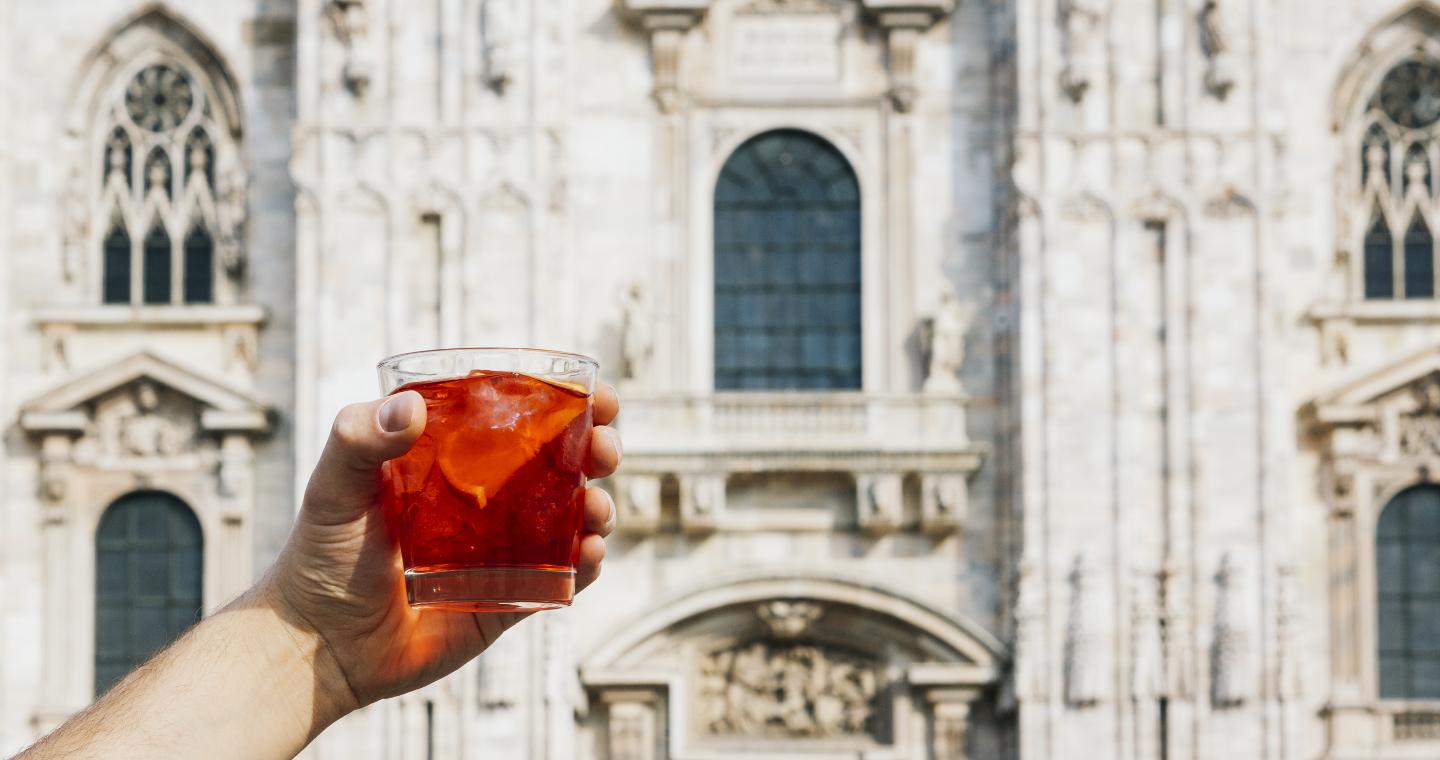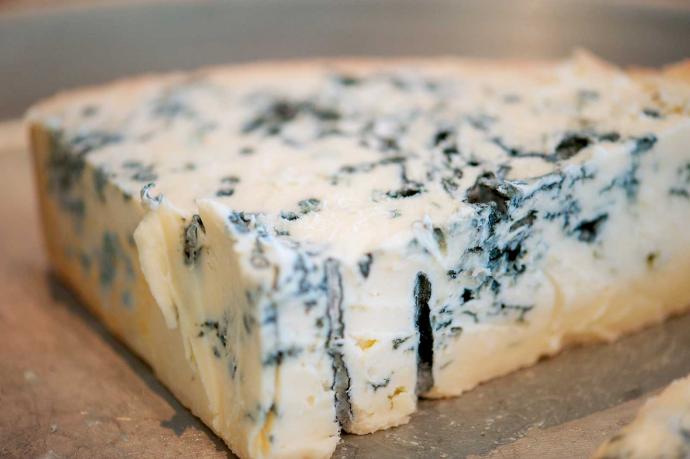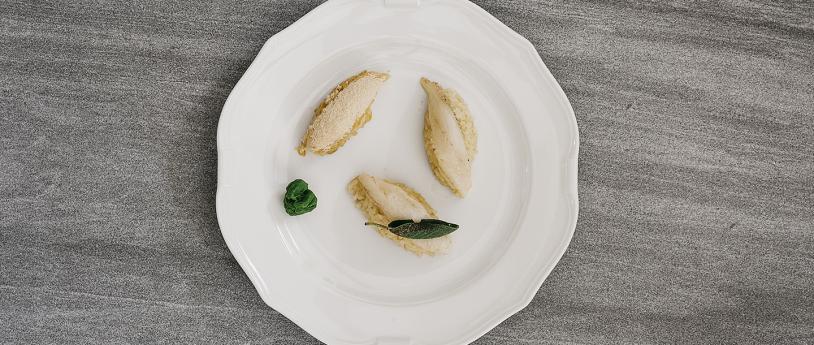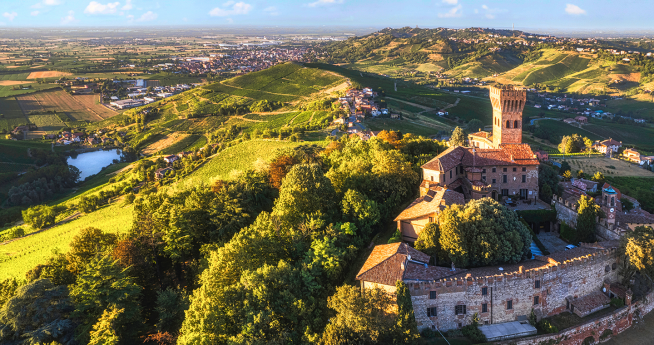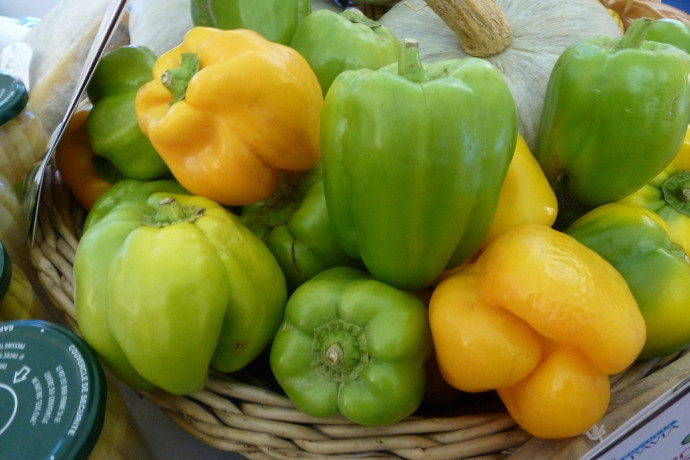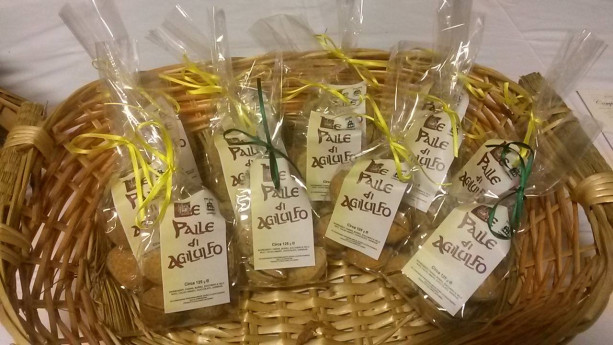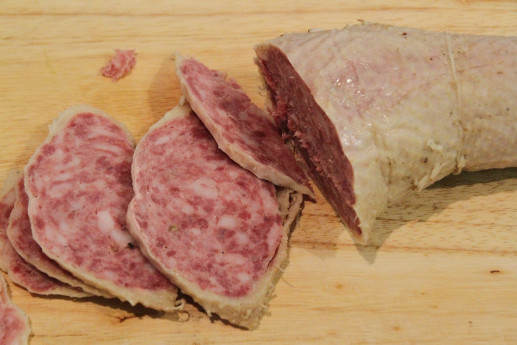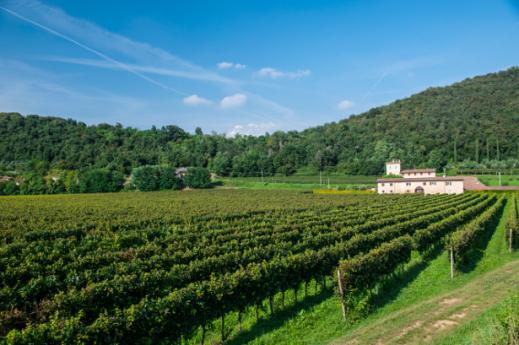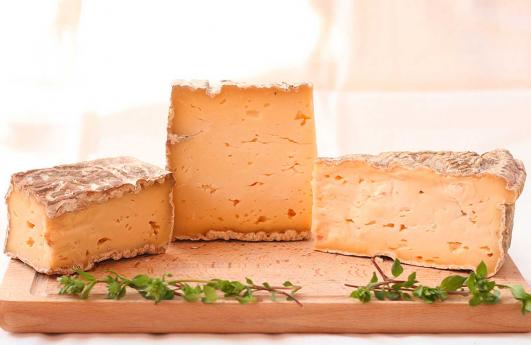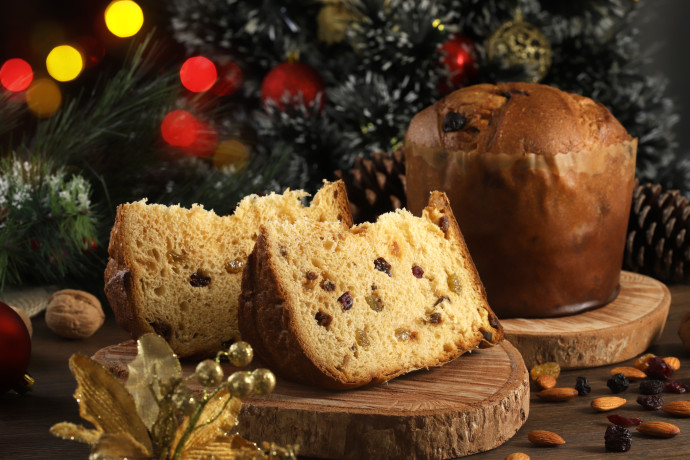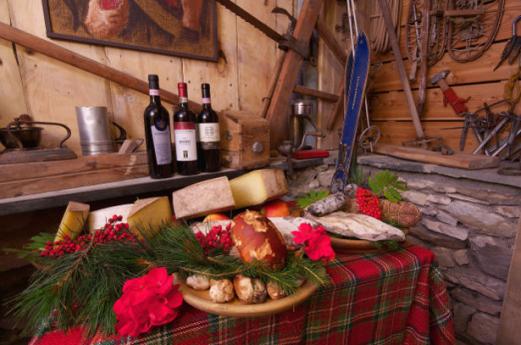- Food & Wine
Milan, capital of taste
From the skyscrapers to the fields of crops. Milan is a city of thousand cultures and its surrounding area a land of a thousand flavours
Milan is a city capable of forging new traditions from every outside influence. Its countryside is full of surprises, with the paddy fields giving way to stunning abbeys and even the ancient rows of vines.
1. A great city. When you think of Milan, you think of the Duomo and its golden Virgin Mary, of the trams snaking around the city, of the silhouette of Sforza Castle seen from Piazza Cordusio, of the skyscrapers in Porta Nuova, of the unrivalled collections of timeless art, of the bourgeois charm of its many tiny museums. You might not think of wild boar, but it’s not unheard of for the beasts to enter the city to feast on grapes destined to produce San Colombano DOC, a sparkling red wine which makes a terrific bedfellow for cured meats, frittatas, risotto, cassoeula or tripe, cooked in the traditional Milanese style with tomato passata.
2. Kitchen garden. Milan is a city of palazzos and piazzas, but if you head south along the Naviglio Grande, the urban sprawl gives way to the fields of the Parco del Ticino, which has for many centuries produced the crops that have nourished the city. Like Milan’s dialect and personality, the city’s cuisine has spent hundreds of years soaking up outside influences and using foreign occupations to enrich the local food. Milan’s bond with Austria is there for all to see in the city’s most quintessential dish: cotoletta alla Milanese. Legend would have it that the dish was brought to Milan by Colonel Radetzky, though it is more probable that it was actually taken from Milan to Austria, where it became the immortal wiener schnitzel.
3. Sweet traditions. Milan’s most well-known sweet treat is panettone. According to traditions, panettone was the masterstroke of Toni, a scullery boy in the kitchens for Ludovico Sforza. Toni, having burnt the cake he had prepared for an important occasion, had the idea of taking some bread, mixing it with everything sweet left in the kitchen and forming it into a dome shape, making Pan d’Toni – panettone – the precursor to the Milanese Christmas treat. Yet Milan’s culinary traditions are anything but stuck in the past. The city itself is constantly evolving and so it is no wonder that many of its distinctive dishes were actually born in other regions of Italy, nor that among its most popular restaurants are those serving Japanese, Chinese and even Eritrean food…
4. Aperitivo town. Though it was created in Novara, Milan is the spiritual home of Campari, that bitter liqueur that forms the base of so many cocktails. Take the Negroni Sbagliato, for example, which was created at Bar Basso in 1968 when barman Mirko Stocchetto replaced the gin with bubbles.
